The world watched with bated breath as U.S. President Donald Trump and Russian President Vladimir Putin met in Anchorage, Alaska, for a summit aimed at brokering a peace deal for the ongoing war in Ukraine. Billed as a test of Trump's deal-making prowess and a potential end to the conflict, the high-stakes meeting concluded with a surprisingly anticlimactic outcome: no concrete agreement, no ceasefire, and no clear path forward. Despite the lack of a formal deal, the summit offered significant insights into the current state of U.S.-Russia relations and the ongoing geopolitical shifts.
The Absence of a Deal: "There's No Deal Until There's a Deal"
The primary goal of the summit was to secure a ceasefire in Ukraine. Over more than two and a half hours of talks, the two leaders and their top aides discussed the conflict, but ultimately failed to reach a resolution. Trump himself summarized the outcome with a familiar refrain: "There's no deal until there's a deal." While he and Putin both described the meeting as "productive," they offered scant details on what "progress" was made, leaving onlookers and allies alike to wonder what, if anything, had been accomplished.
The lack of a deal on Ukraine was a disappointment to many, especially European allies and Kyiv, who had feared that Trump might agree to concessions involving Ukrainian territory without Kyiv's consent. The fact that fighting in eastern Ukraine reportedly continued unabated throughout the talks underscored the chasm between the diplomatic gestures and the harsh realities on the ground.
A Diplomatic Victory for Putin
While the summit did not yield a tangible agreement, it was widely seen as a major diplomatic coup for Vladimir Putin. After years of being largely isolated from Western leaders following the 2022 invasion of Ukraine, the meeting on U.S. soil, complete with a red-carpet welcome, a handshake with the U.S. President, and a ride in the presidential limousine, was a visible return to prominence. For the Kremlin, these optics were invaluable, allowing Putin to present himself as a legitimate and central actor in global affairs, despite an International Criminal Court (ICC) arrest warrant for alleged war crimes. The event gave Moscow powerful material to use at home and on the global stage.
A Subdued Trump and an Elusive Peace Plan
President Trump, who had famously claimed he could end the war "within 24 hours," appeared more subdued and realistic after the talks. While he praised the "very productive" nature of the meeting, he also conceded that brokering peace was "tougher" than expected. He said he would brief Ukrainian President Volodymyr Zelenskyy and NATO leaders on the talks, suggesting that the path to a resolution will require multilateral cooperation. This acknowledgment of the complexity of the conflict and the need for European and Ukrainian involvement was a departure from his previous rhetoric.
For his part, Putin, who was the first to speak to reporters, described the talks as "constructive" and suggested Ukraine was just one of several topics discussed, mentioning potential cooperation on trade, the Arctic, and in space. He reiterated that the "root causes"—Moscow's justifications for the invasion—must be addressed before a lasting peace can be achieved. This stance effectively rules out any immediate ceasefire and keeps negotiations tied to Russia's political demands.
Conclusion: The Trump-Putin summit in Alaska was a study in contrasts. It was a meeting of great pomp and cordiality that, in the end, produced little substance. While both leaders expressed optimism and a desire for continued dialogue, the lack of a concrete agreement on Ukraine highlights the deep divisions that remain. The meeting provided a significant diplomatic boost for Russia while leaving Ukraine and its allies on edge. Ultimately, the "no deal" summit in Anchorage signals that the path to peace will not be a swift one, and that the geopolitical chess match between the two powers is far from over.

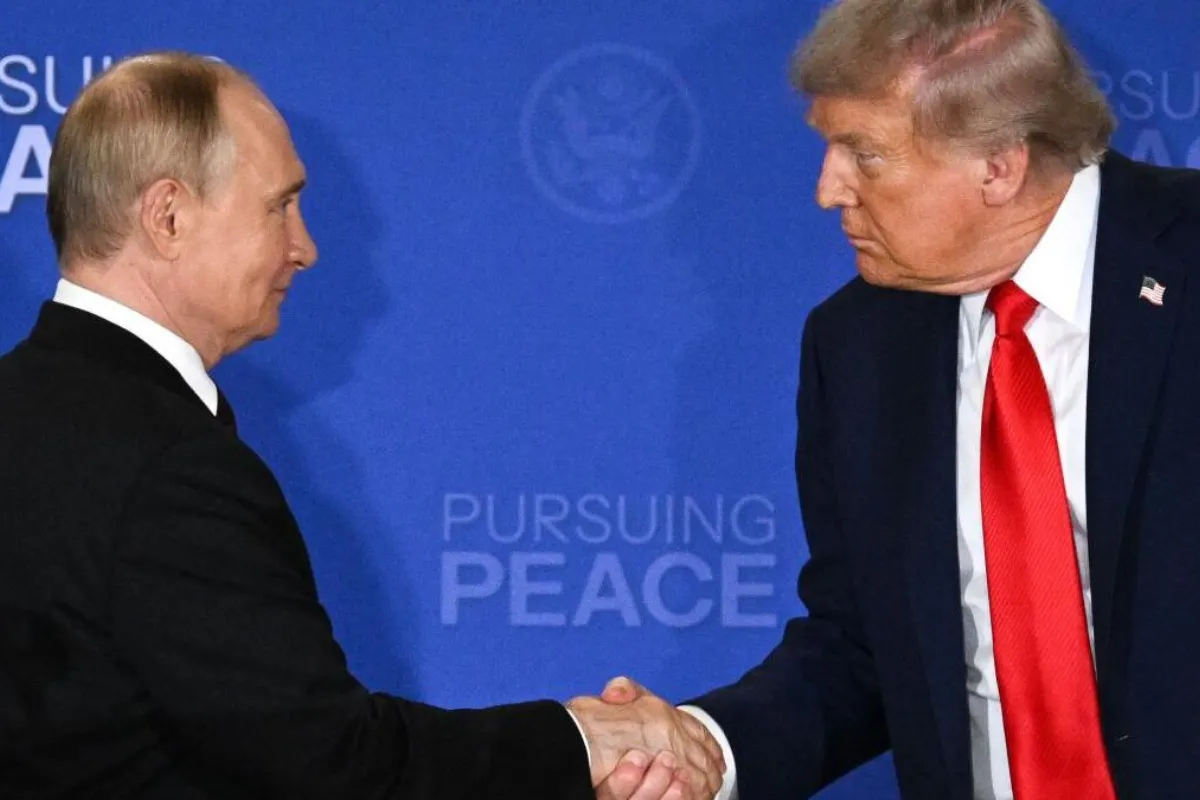
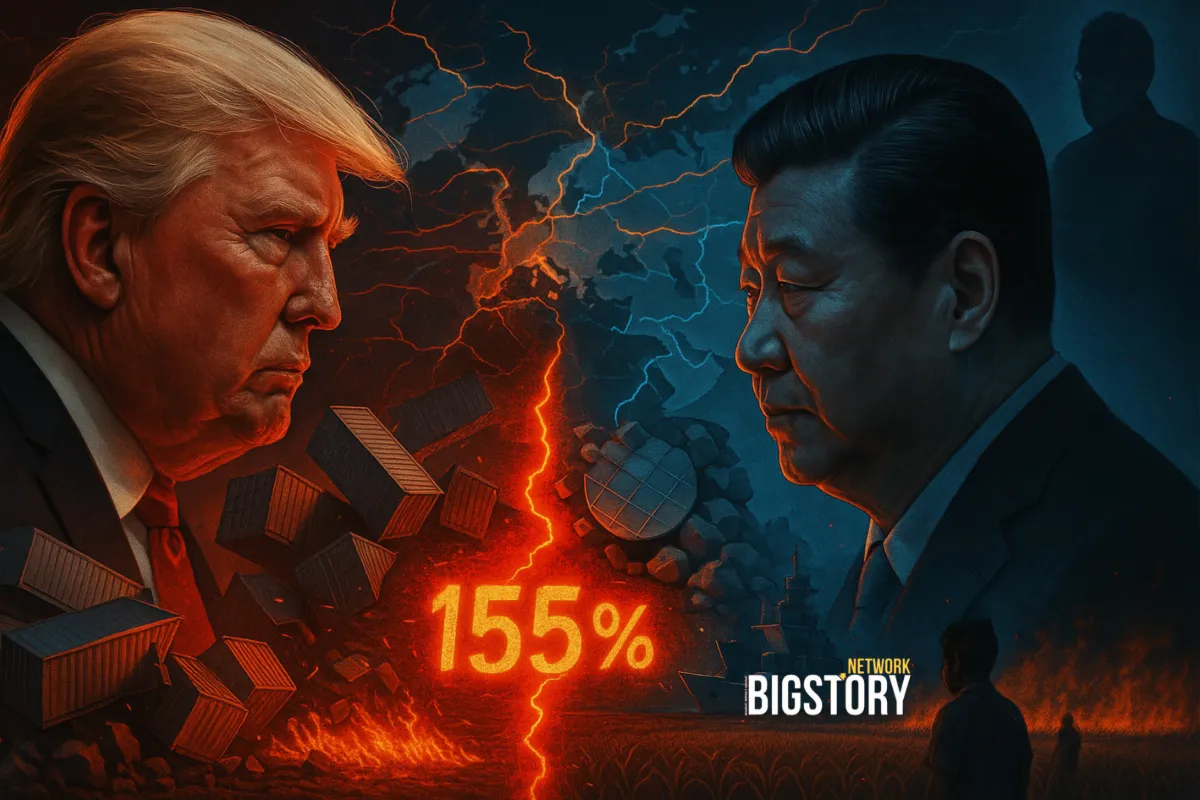
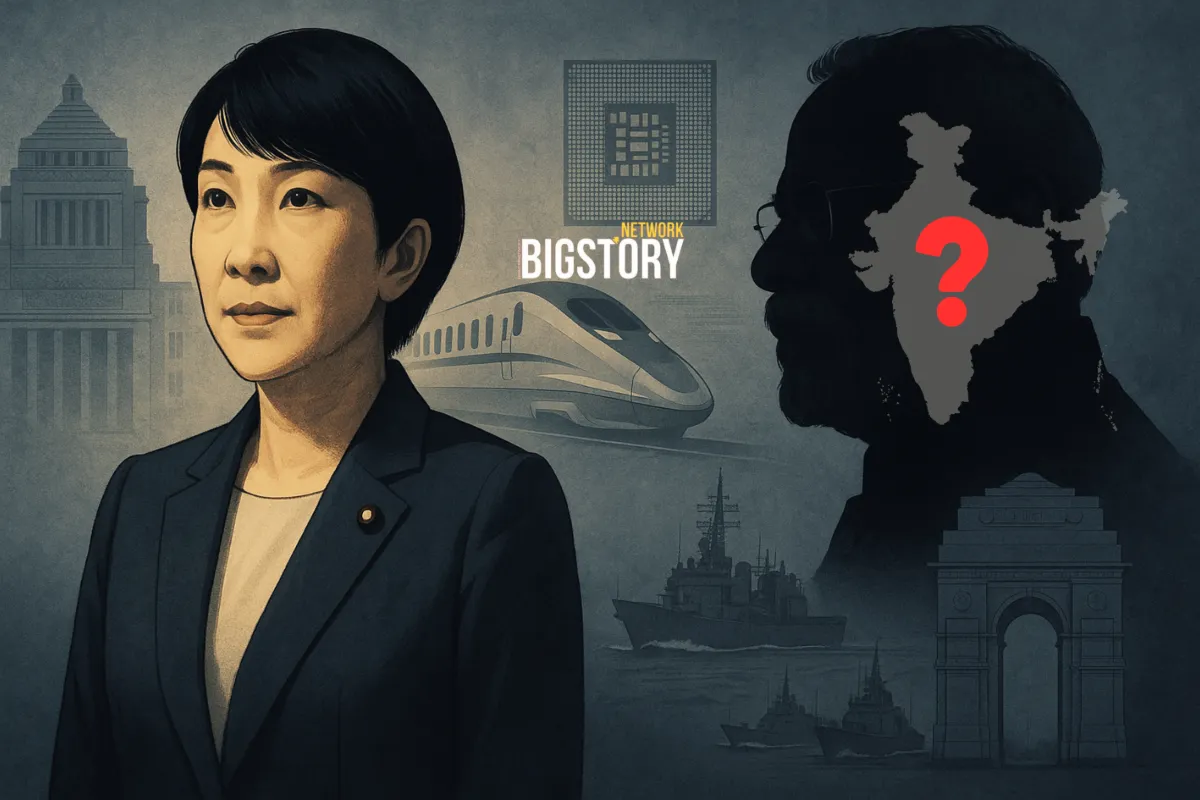
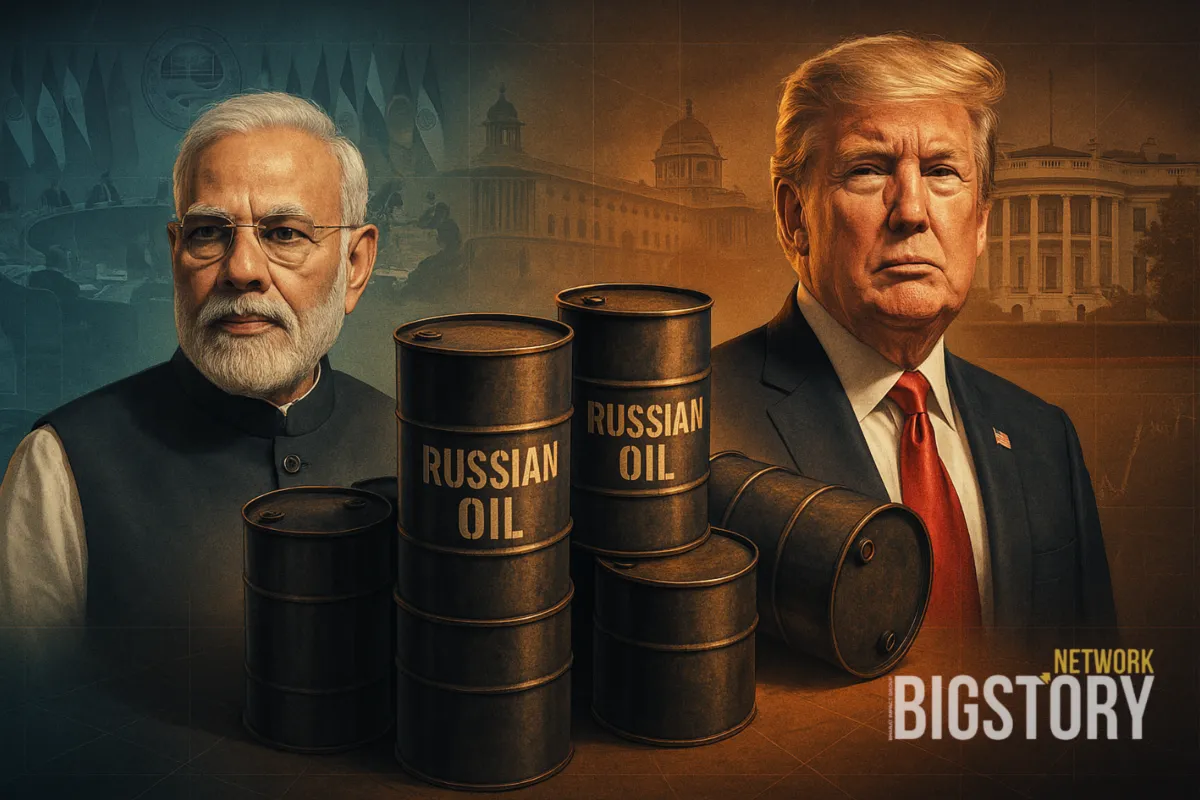
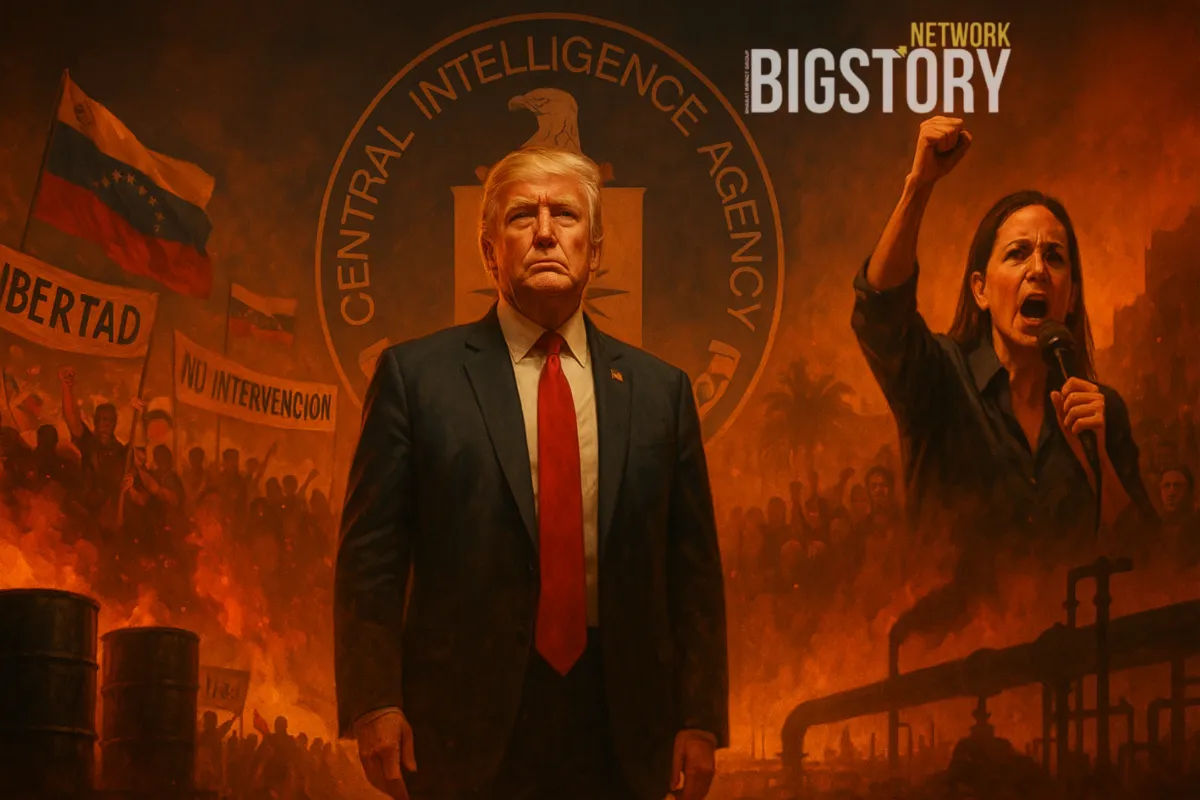

Leave a Reply